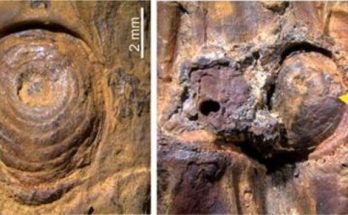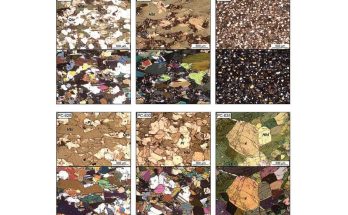CMEDIA: A team of paleontologists at the Shenzhen Campus of Sun Yat-sen University, working with a colleague from the State Key Laboratory of Cellular Stress Biology, both in China, has identified the oldest known fossil record of larval neuropterans, https://phys.org/news/2023-02 reports said.
In their paper, published in the journal Proceedings of the Royal Society B, the group describes the fossil, a giant dragon lacewing larvae unearthed at the dig site Daohugou Beds, in Inner Mongolia, China.
Lacewings are a type of type of insect with large, clear wings—some have wingspans of up to 65 mm. They live mostly in North America and Europe. Prior research has shown they used to populate large parts of Asia as well. They are currently classified as the oldest neuropterans, going back approximately 165 million years. In this new effort, the research team has identified what they believe to be the oldest found thus far
During a dig, an excavator known as Bai Bingyang found what the research team describes as the fossilized larval form of a lacewing insect. It was discovered in a layer of compressed tuffaceous siltstone along with other ancient insects. The fossil specimen differs from other lacewings—it has a long neck in addition to a large body—a size that suggested the larvae was quite successful at catching and eating prey.
Such insects, the researchers note, are known for their stylets, which are head protuberances that were used to stab and kill prey. In the fossil sample, the stylet was set atop an elongated cervix (neck), giving it a giraffe-like look. At 41.2 millimeters in length, the neck would have been long enough to allow the larvae to hide behind relatively tall plants or other objects as it peeked over the top, searching for unsuspecting prey.
In modern times, lacewings live in areas around mountain streams among moist left litter—the larvae live in the streams. Study of the fossil specimen uncovered in this new effort suggests that the larvae lived at the bottom of a shallow lake. The team has named the new species Palaeoneurorthus baii.
#larvalneuropterans; #InnerMongolia; #fossilspecimen





